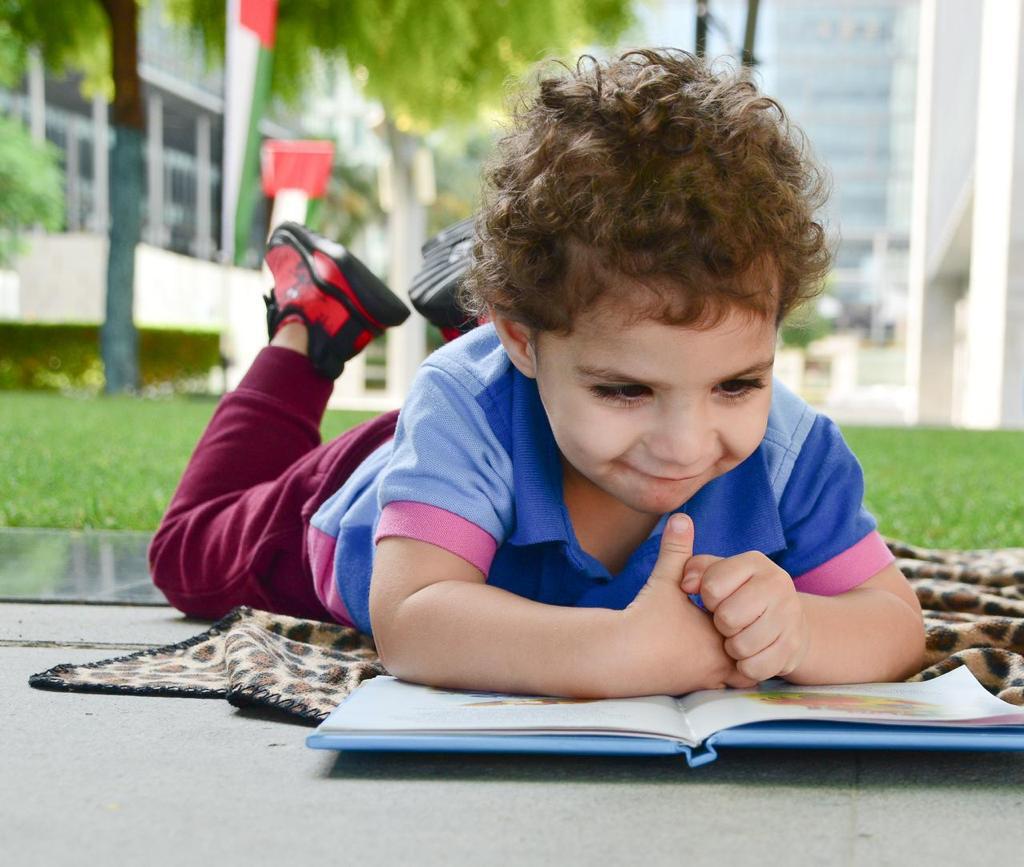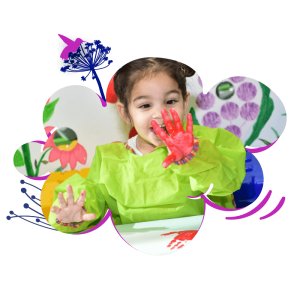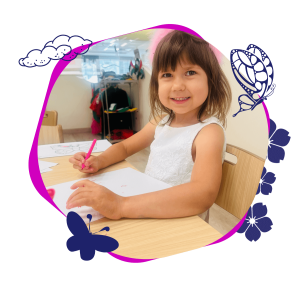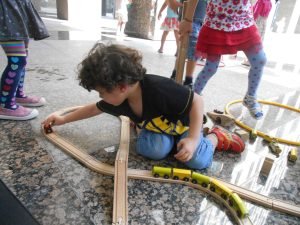Safety at Home for Children
Creating a safe home environment is one of the most critical responsibilities for parents and caregivers of young children. With curiosity driving their every move, children up to the age of four are especially prone to accidents. Here are some essential tips and guidelines to ensure your home is a haven of safety for your little ones.
1. Childproof Your Home
Childproofing is the first step in minimizing risks. Start by crawling around your home at a child’s eye level to identify potential hazards.
- Secure Furniture: Anchor heavy furniture like bookshelves, dressers, and TVs to the wall to prevent tipping.
- Cover Electrical Outlets: Use outlet covers or safety plugs to prevent little fingers from exploring.
- Install Safety Gates: Block access to stairs and other hazardous areas with safety gates.
- Lock Away Dangerous Items: Store cleaning supplies, medicines, and sharp objects in cabinets with childproof locks.
2. Prevent Falls
Falls are one of the most common accidents among young children.
- Use Window Guards: Install guards or safety stops on windows to prevent falls.
- Non-Slip Rugs and Mats: Place non-slip mats in bathrooms and under area rugs.
- Monitor Play Areas: Ensure outdoor play areas are free from sharp edges and hard surfaces.
3. Kitchen Safety
The kitchen can be a hazardous area for toddlers.
- Cook Safely: Turn pot handles toward the back of the stove and use the back burners whenever possible.
- Lock Cabinets: Store knives, heavy appliances, and toxic substances in locked cabinets.
- Keep Small Items Out of Reach: Ensure items like magnets and batteries are inaccessible to prevent choking.
4. Fire and Burn Protection
Young children are especially vulnerable to burns and fires.
- Install Smoke Detectors: Place smoke detectors in every room and test them monthly.
- Keep Hot Liquids Away: Avoid placing hot drinks or food near table edges.
- Water Heater Settings: Set your water heater to 120°F (49°C) or lower to prevent scalding.
5. Choking and Suffocation Prevention
Children often put objects in their mouths, making choking a significant risk.
- Avoid Small Toys: Only provide age-appropriate toys and regularly check for loose parts.
- Supervise Meal Times: Cut food into small, manageable pieces and avoid hard or round foods like whole grapes or nuts.
- Remove Suffocation Hazards: Keep plastic bags, cords, and soft bedding out of children’s reach.
6. Bathroom Safety
The bathroom can pose unique risks for young children.
- Supervise Bath Time: Never leave a child unattended in the bath, even for a moment.
- Use Anti-Slip Mats: Place mats inside and outside the tub to prevent slips.
- Keep Toiletries Locked Away: Secure items like razors, mouthwash, and medicines.
7. Supervision is Key
Even with the best childproofing efforts, supervision remains vital.
- Stay Alert: Always be aware of your child’s location and activities.
- Create Safe Play Zones: Designate specific areas where your child can play safely.
- Teach Safety Rules: Begin introducing simple safety rules, like not touching hot surfaces or running indoors.
8. Emergency Preparedness
Being prepared for emergencies can save lives.
- Learn CPR: Take a child-focused CPR and first aid course.
- Emergency Contacts: Keep emergency numbers readily available, including poison control.
- Have a Fire Escape Plan: Practice an escape plan with your family, emphasizing how to exit safely.















